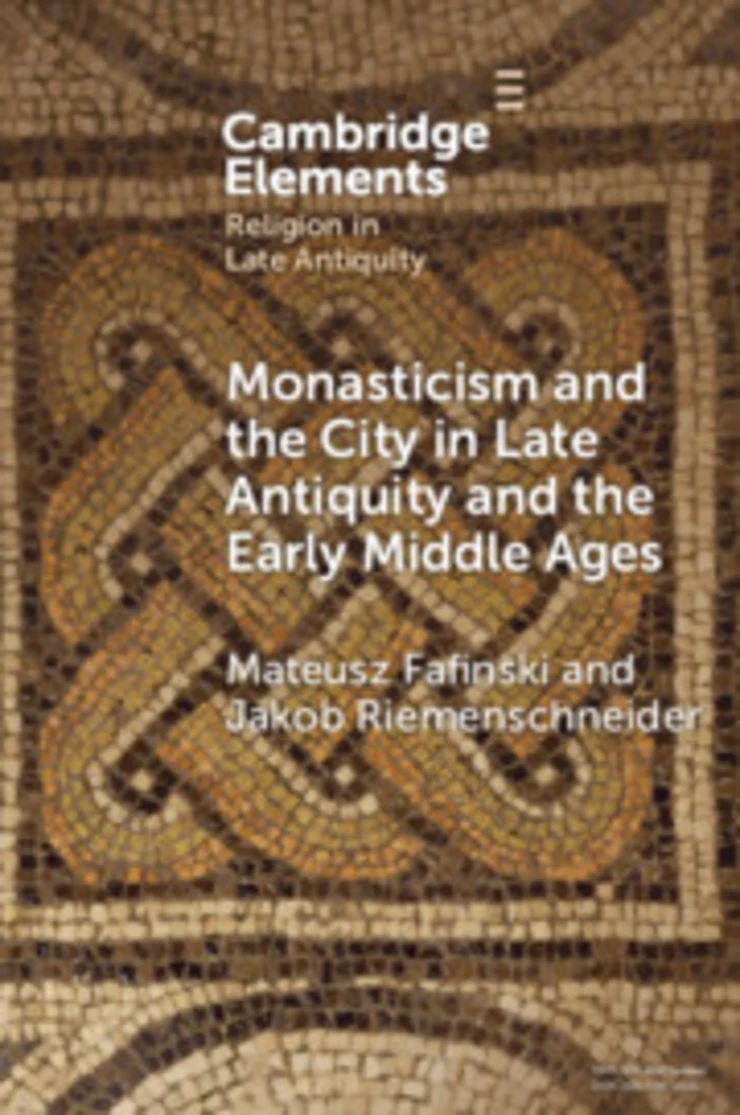In it, the authors reassess the relationship between monasticism and the city in late antiquity and the early Middle Ages in the period from 400 to 700 in both the post-Roman West and the Eastern Mediterranean, and bring these two areas into conversation with each other. Building on recent research on the phenomenon of late antique urbanism, Fafinski and Riemenschneider find that the connections between late antique Christian thought and late and post-Roman urban space were far more relevant to the everyday practice of monasticism than previously thought. By comparing Latin, Greek and Syriac sources from a large geographical area, the authors gain a bird's eye view of the continuing importance of urbanism in the late and post-Roman monastic world.
|
Max-Weber-Kolleg,
Religion, Society, and World Relations,
Research
New publication: "Monasticism and the City in Late Antiquity and the Early Middle Ages"
Mateusz Fafinski and Jakob Riemenschneider
Monasticism and the City in Late Antiquity and the Early Middle Ages
(series: "Elements in Religion in Late Antiquity")
Cambridge University Press, 2023
online ISBN: 9781108989312
DOI: https://doi.org/10.1017/9781108989312
19,84 EUR

